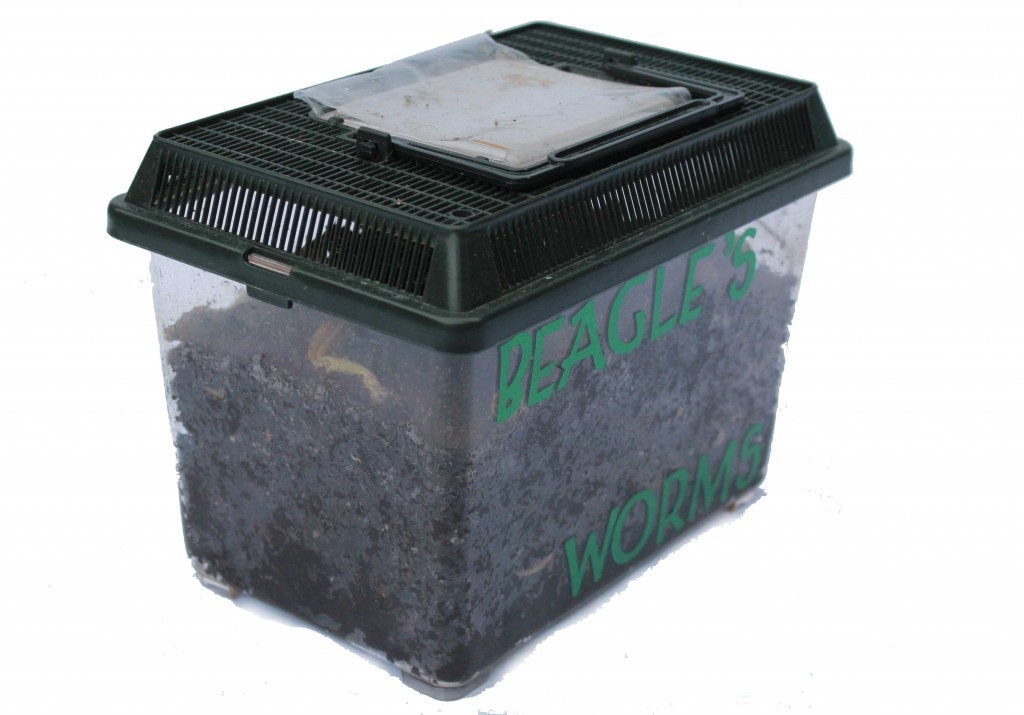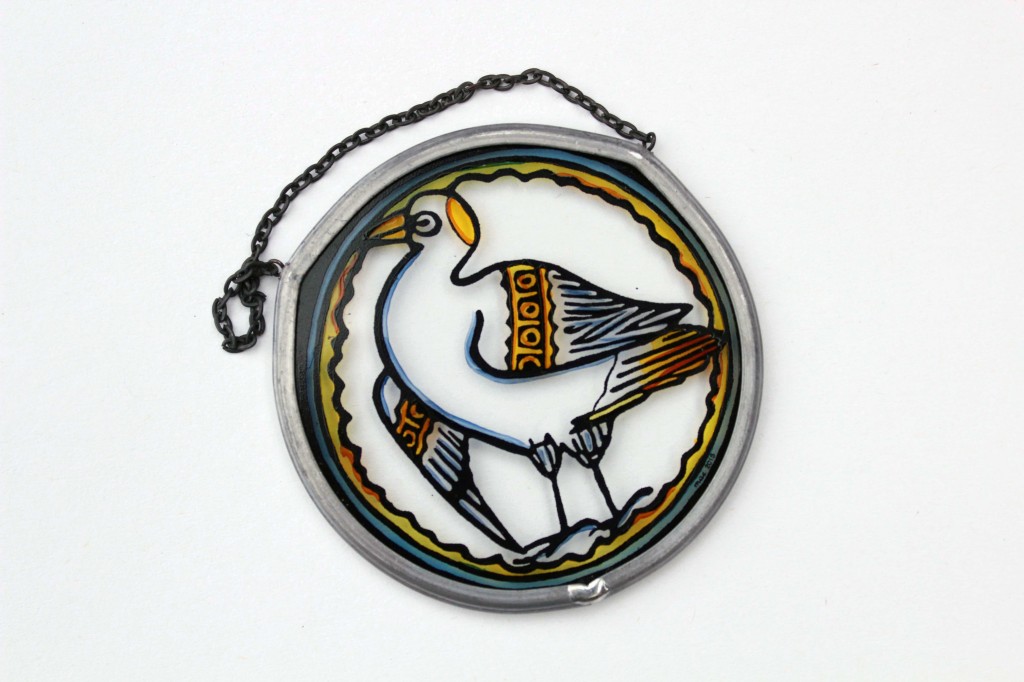This week’s object, isn’t really an object, but a group of animals. Our final year undergraduate student Ben Eagle explains how these earthworms have inspired his history dissertation.

Earthworms have only recently become an historical interest of mine although I have had a soft spot for them, working and walking in the fields of the Essex landscape, as long as I can remember. As some of the oldest animals on the planet they fascinate me as much as they fascinated Charles Darwin who published a lengthy treatise on earthworms in 1881. These particular worms, a family of 80 eisenia foetida, a species of compost worm, were kindly given to me by a fellow Bristol undergraduate. They connect me to the soil and to the past, both personally and intellectually and they have inspired me to both pursue environmental history and to push boundaries in my writing, particularly relating to how we can study the natural sciences alongside the humanities.


